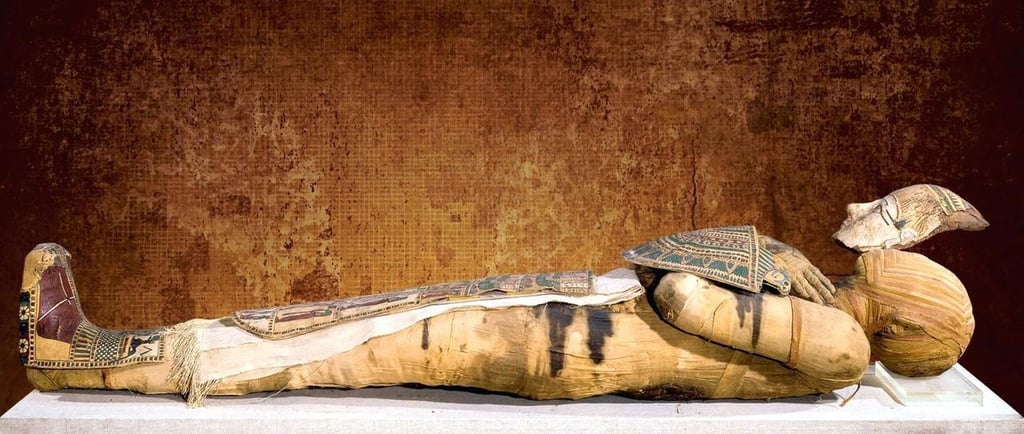🖌️ From Tomb to Canvas - The Mummy Brown 🏺🎨
A follow-up story from the chapter "Colour" in the Art Album. 🌈 Stories About Colors takes children on a vivid journey through history to explore how colours have shaped and connected cultures around the world. 🌍🎨 From the cave art of early humans to the vibrant pigments traded along the Silk Roads for thousands of years 🌊, each colour holds its own story of discovery, symbolism, and meaning. Children will uncover how natural elements like minerals, plants 🌿, and even animals 🐦 contributed to the palettes of early artists, linking art with the environment. This exploration invites children to see colours not only as materials on their art shelves 🎨 but as a bridge to the world around them and the history of human creativity. They’ll be inspired to ask, “Where did this colour come from?” and “How was it discovered?” — sparking curiosity about the hidden stories within each hue they encounter.
ART STORIES
12/8/20242 min read


Look closely at this photo of a mummy... 🏺👁️ What do you notice?Can you imagine why people long ago would take so much care to preserve a body like this? In ancient Egypt, people believed in an afterlife—a place where the soul would continue to exist after death. To prepare for this journey, they mummified bodies, wrapping them carefully in layers of linen and resin to preserve them for eternity. It was their way of protecting a person’s soul and ensuring they were ready to meet the gods. 🌌✨
Now, what if I told you that these ancient mummies weren’t just kept in tombs or studied in museums? Once upon a time, they were turned into something truly unexpected—a paint so unique that artists couldn’t resist using it. 🎨
Over 500 years ago, traders brought mummies from Egypt to Europe. But these weren’t just for display. People believed mummies had magical or healing powers! People who made and sold medicines a long time ago—kind of like in ancient pharmacy—ground them into powder to make medicine. People thought powdered mummy could cure diseases, from headaches to broken bones. Of course, this wasn’t true, but it shows how fascinated people were with ancient Egypt. They saw mummies not only as special treasures from a long, long time ago but as a link to something mystical and powerful. 🏺✨ Painters also began experimenting with the resin-coated wrappings from the mummies. When they crushed the dark material into fine powder and mixed it with oil, something amazing happened—it created brand new rich, reddish-brown paint to their palette, they called it Mummy Brown. 🏺🖌️✨
Artists adored Mummy Brown. It was perfect for painting warm shadows, velvety fabrics, or even dramatic sunsets. Imagine an artist carefully layering this paint to bring a portrait to life, or adding it to the folds of a royal robe. 👗✨ It became one of the most popular pigments of the time. But here’s the strange thing—many painters didn’t even know where Mummy Brown came from! When they found out it was made from real mummies, some were so shocked they stopped using it entirely. One artist even gave his tubes of Mummy Brown a proper burial! ⚰️🖌️
Today, Mummy Brown is no longer made from actual mummies (thank goodness!). Scientists created safer, synthetic versions so artists can still capture that warm, earthy tone without disturbing history. But the original Mummy Brown remains one of the most curious pigments ever used, connecting art to a past as mysterious as the color itself. 🌌✨
💭 I Wonder... 💭 What other strange materials might people have used to make colors in the past?✨
Possible Follow-Up Activities
Create Earthy Tones
Mix red, yellow, and blue paints to make warm, rich browns. Can you create a shade as unique as Mummy Brown? 🎨🌟
Explore Ancient Egypt
Look at artifacts like sarcophagi or tomb paintings. What colors did the Egyptians use, and how did they make them? Could Mummy Brown have inspired modern artists? 🏺🌅
With Montessori joy,
Vanina 😊

